

![]()
7A Sanderlings Calidris alba ready to fly home
|
Sanderling Calidris alba:
ready to fly home
Sanderlings breed in Arctic regions of Alaska,
Canada, Greenland and Russia and spend the winter on the beaches of Europe,
Africa, Asia, New Zealand, USA and South America. En route to the Arctic in
spring they moult into breeding plumage and gain weight in order to be able
to fly the huge distances.
Females are slightly bigger than males.
According to Prater et.al 1977 (Guide to the Identification and Ageing of
Holarctic Waders, BTO Guide 17) males in breeding plumage have a black/red-brown
back while females are black/greyish above.
Two subspecies are recognized, nominate
Calidris alba alba which breeds from NE Greenland to and including
Taimyr, N Russia and Calidris alba rubidus
which breeds from NE
Siberia to and including North Canada (Engelmoer, Meinte & Cees S.Roselaar, 1998, Geographical
Variation in Waders).
The upperparts of the short-billed nominate
C.a.alba are said to be reddish-brown or brownish in breeding
plumage whereas the longer-billed Nearctic C.a.rubidus have more
greyish-white upperparts.
The above clues are rather confusing as one
can be tempted to think that a black/grey bird, a female
C.alba
according to Prater at al, is in fact a C.a.rubides! Pictures taken
at the breeding grounds of a pair in NE Greenland show two reddish birds
which seems to contradict Prater et al that only males are reddish-brown!
The pictures below have been taken at high
tide roosts in the Dutch Rhine-Meuse delta where Sanderlings peak in numbers
during April and May. Formerly it was thought that birds arriving in mid-May
were of Siberian stock whereas the winter population was Greenlandic.
Recently, Reneerkens et al in their ongoing studies on Sanderlings cast
doubt on the presence of Siberian Sanderlings in NW Europe however accept
the possibility of birds of Nearctic origin being on their way home to
Ellesmere Island during May. Perhaps this explains why some of the birds in
the pictures look like Canadian C.a.rubides !
Information on the present Sanderling studies
and the used colour-ring schemes can be found here:
http://www.waderstudygroup.org/res/project/sanderling-nl.php
<http://www.waderstudygroup.org/res/project/sanderling-nl.php>
the first results have been published in the
Wader Study Bulletin vol. 116, no 1, April 2009 pp.2-20: Sanderlings using
African-Eurasian flyways: a review of current knowledge by Jeroen Reneerkens
et al.
|
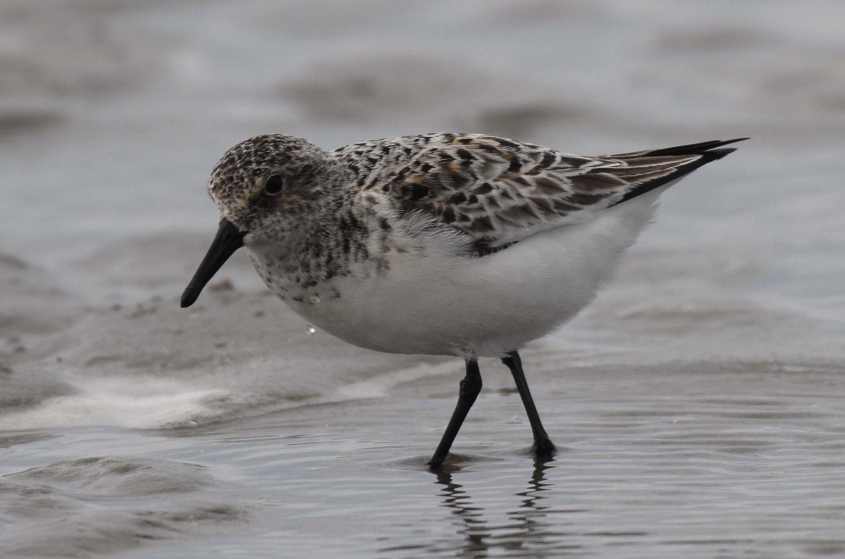
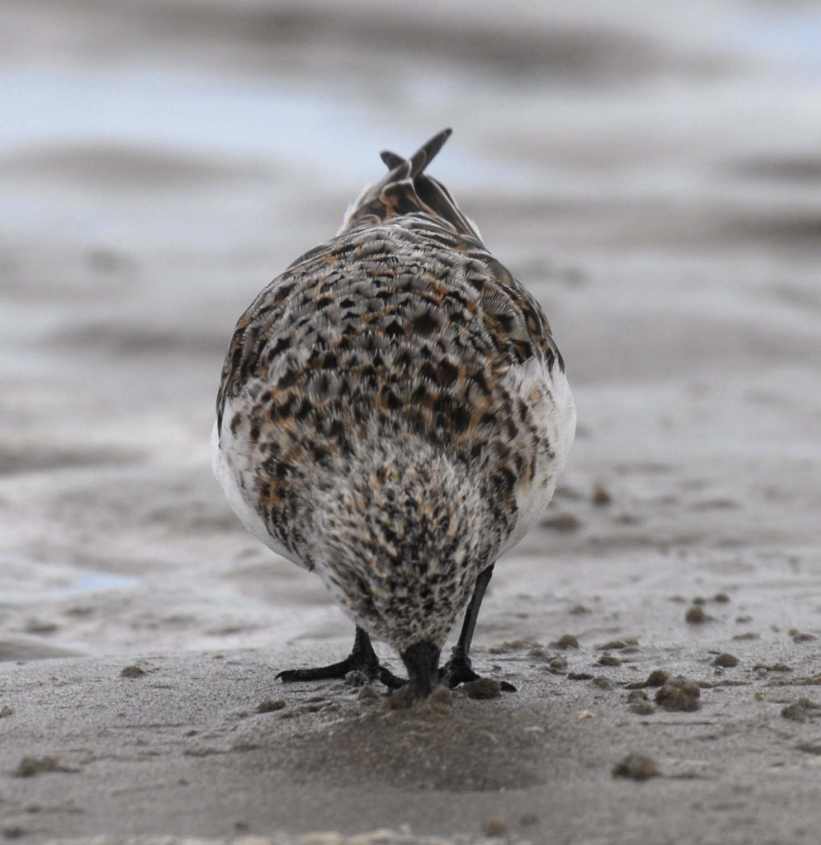
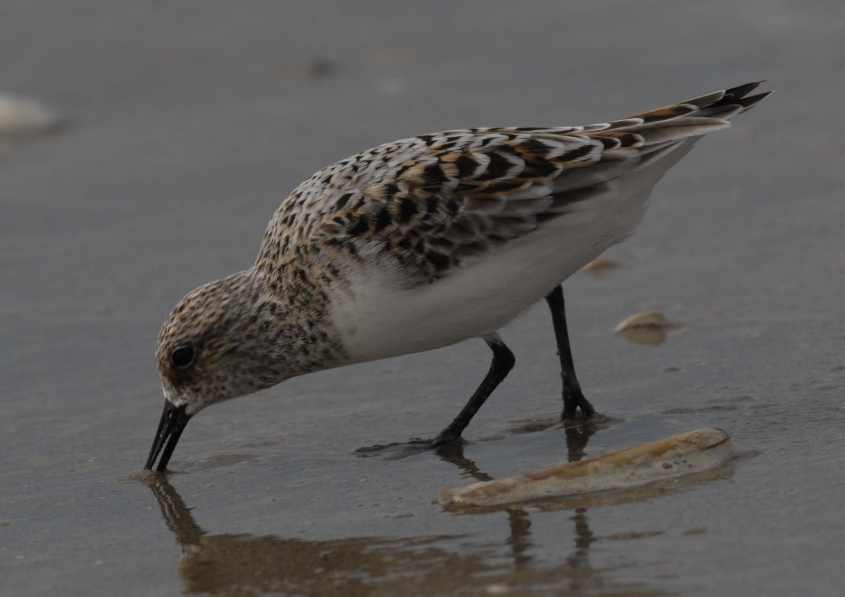
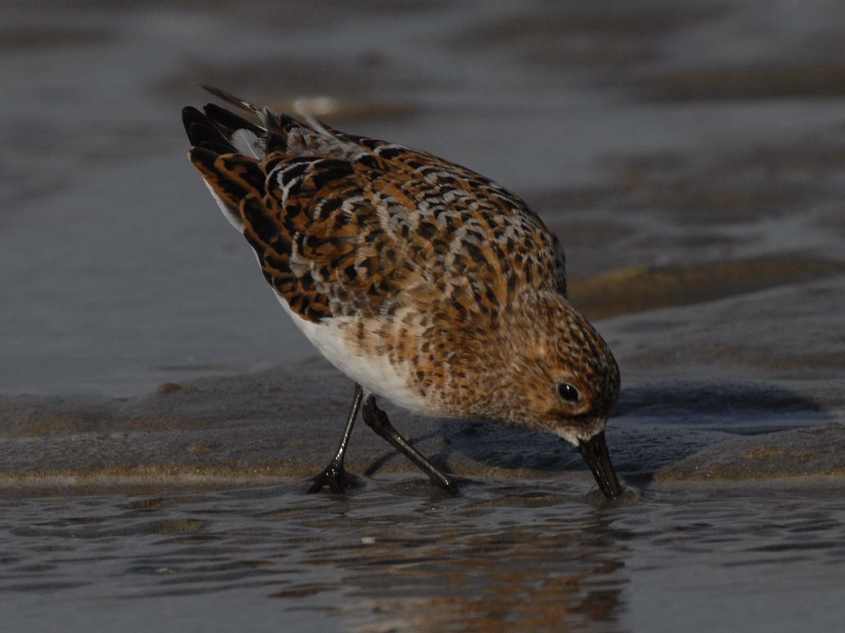

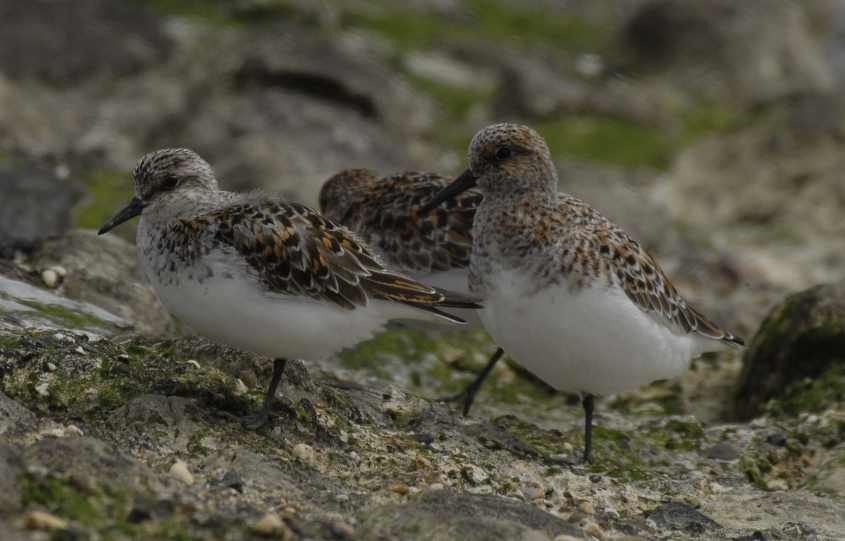
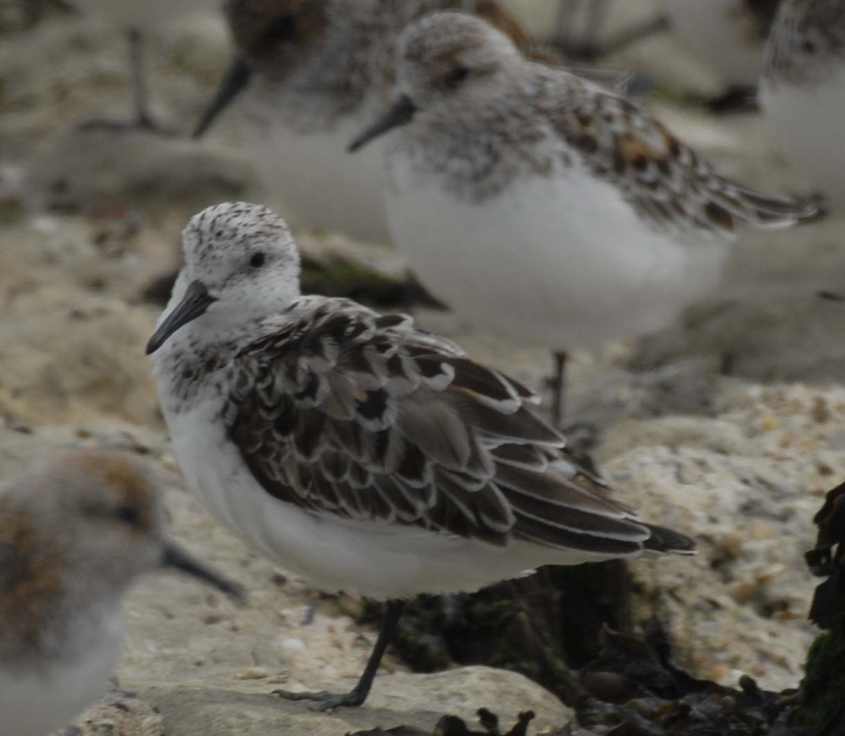

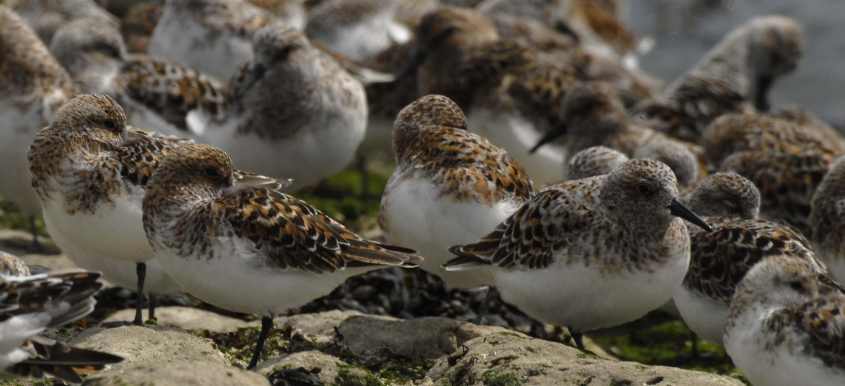
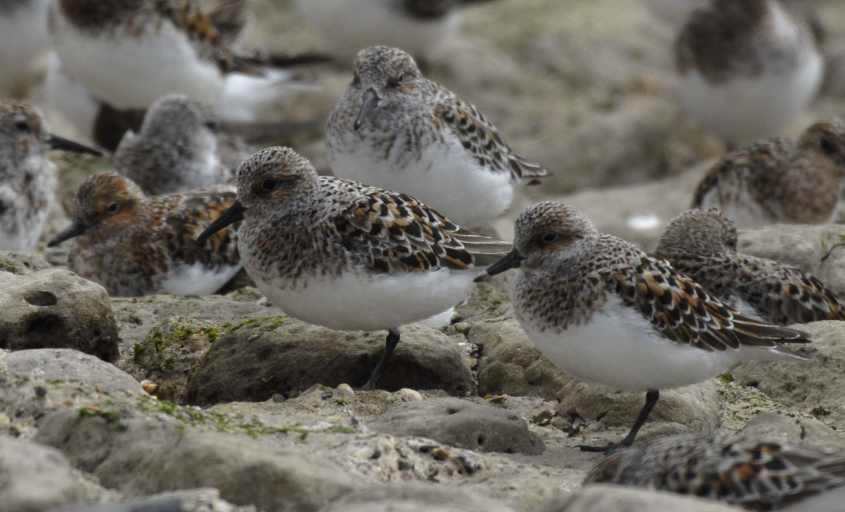
10 Sanderling Calidris alba
17052007 0129 Westercheldt, The Netherlands c NDvS
all pictures copyright NORMAN DEANS VAN SWELM (NDvS) in The Netherlands
![]() CLICK
TO NAVIGATIONPAGE
18 Nov 2021
CLICK
TO NAVIGATIONPAGE
18 Nov 2021
![]()
|
|
|
|
|
|
|
|
|
|